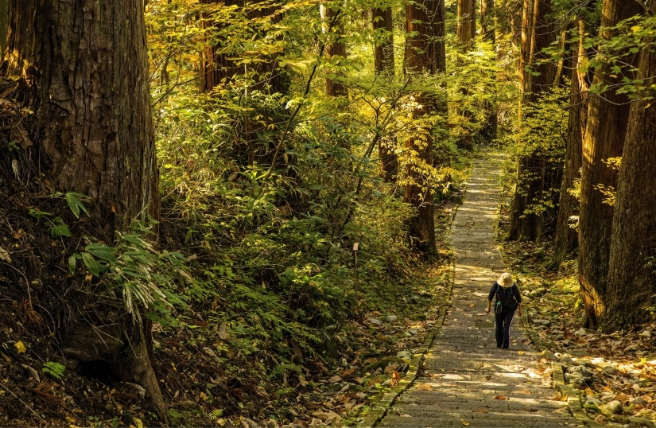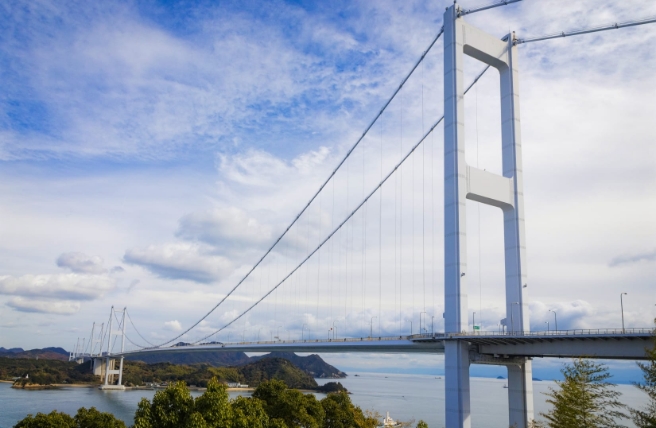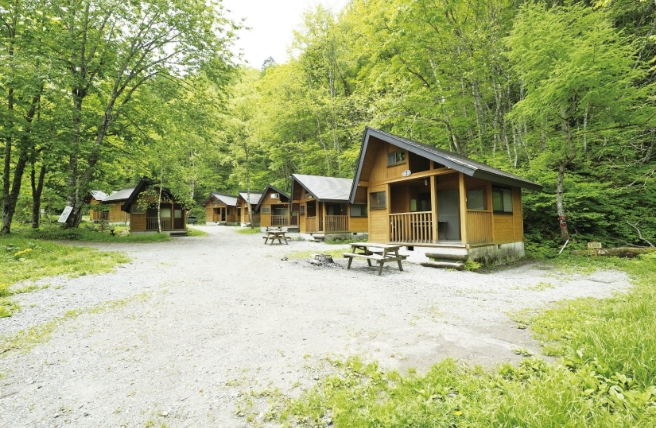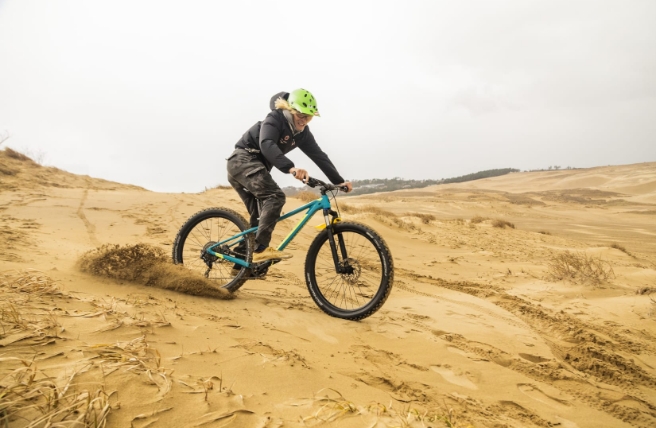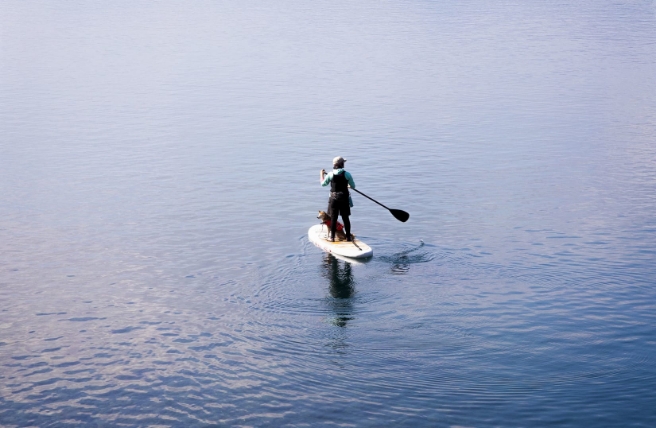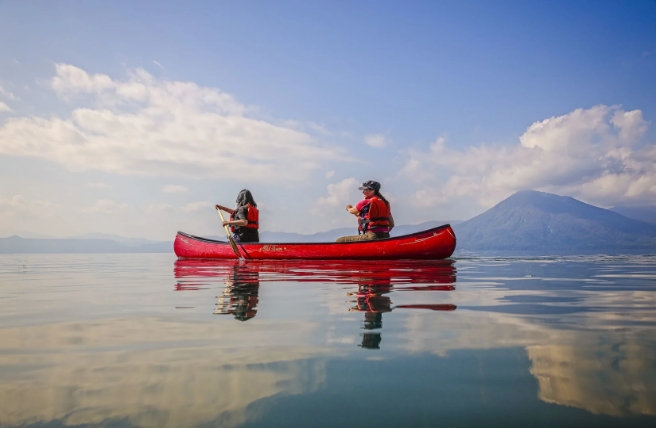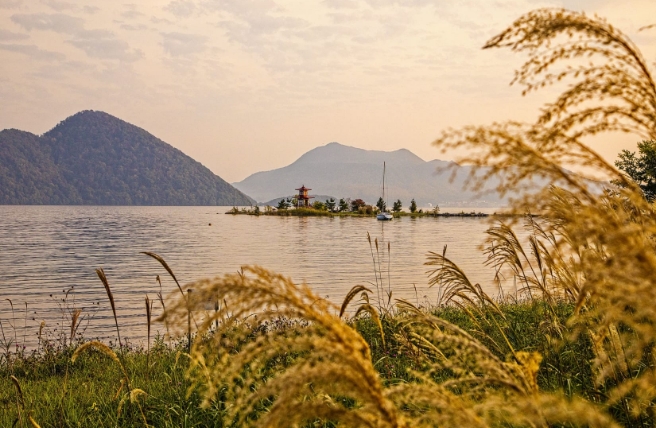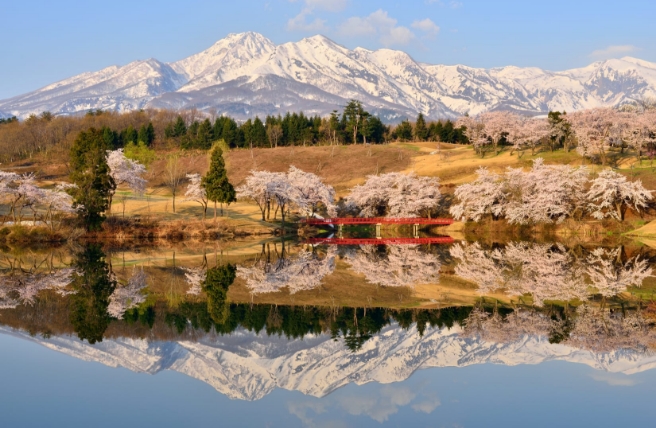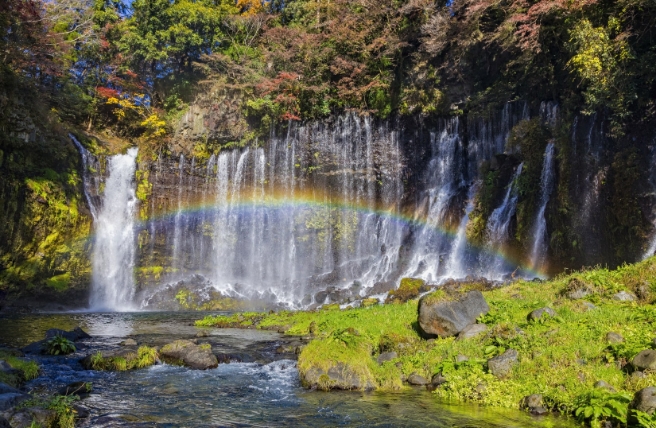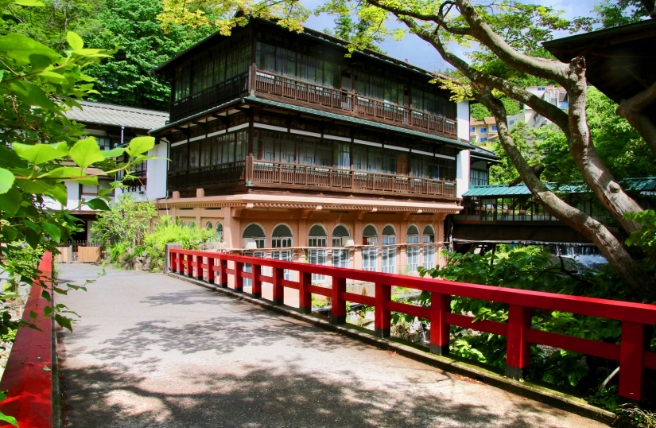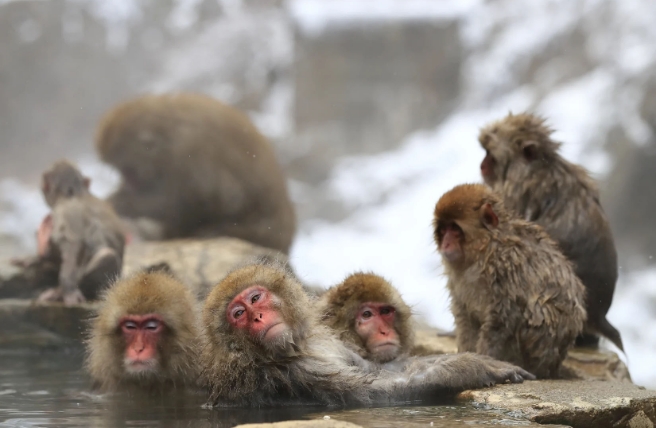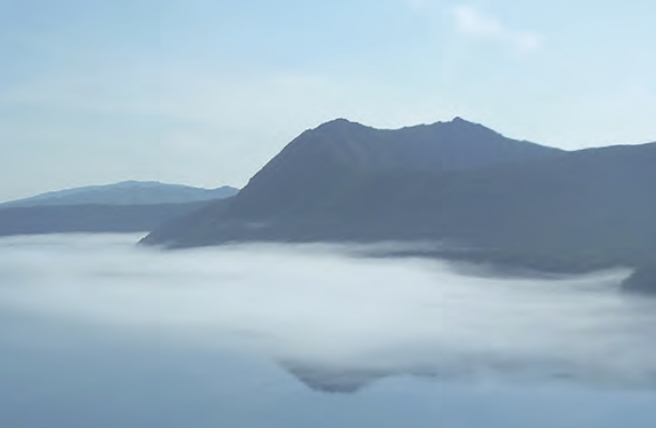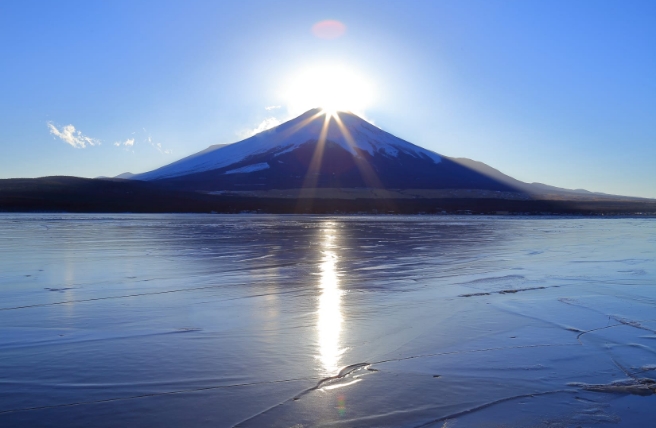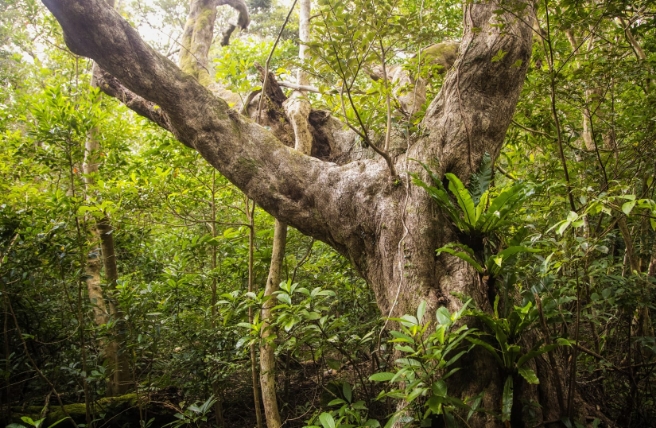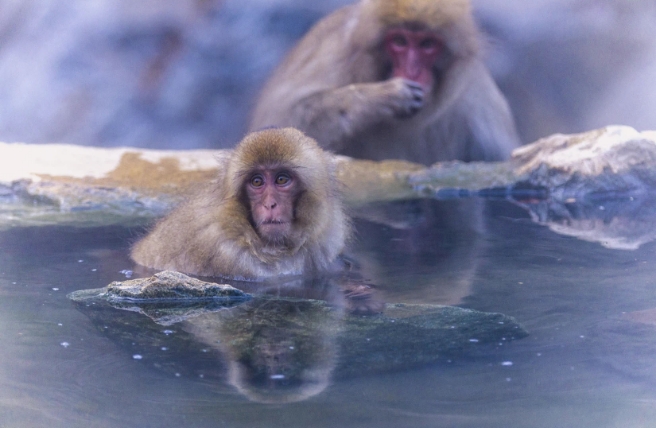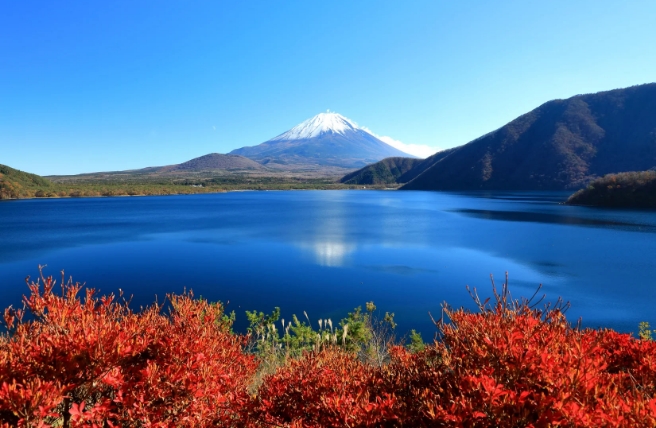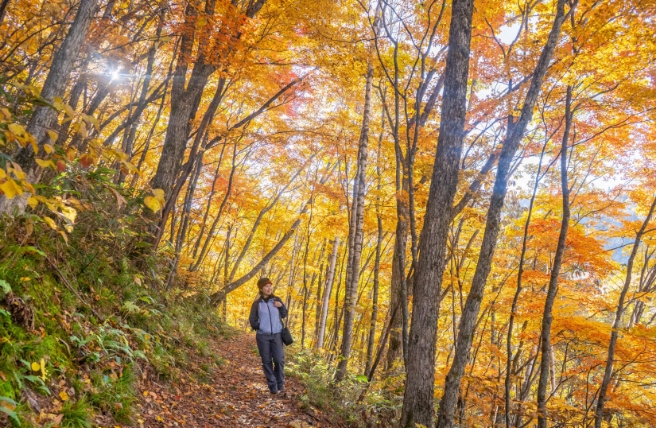Park Ranger Saki Nakahara works to help deepen the community’s connection with nature in a national park dedicated to recovery
| Ranger | Saki Nakahara |
| Park | Sanriku Fukko (reconstruction) National Park |
| Recommended Spot | Mount Tatsugane, Oshika Gobansho Park |
* This article was written based on an interview conducted with the park ranger in October, 2022.

Saki Nakahara has worked as a park ranger for nearly four years, and her love of Japan’s great outdoors began as a child, growing up with the vivid blue waters and pristine beaches of subtropical Okinawa.
“I studied nature in university, and had the opportunity to visit different parks around the country. There are many beautiful places, but one that made the biggest impression on me at the time was Rishiri-Rebun-Sarobetsu National Park, in Hokkaido. It was so different from where I grew up, so I really wanted to work there.”
After nearly two years in Hokkaido, Nakahara transferred to her current position at the Sanriku Fukko (reconstruction) National Park, a large coastal park that stretches some 220 kilometers along the Pacific coast of northeastern Japan, from the city of Hachinohe, in Aomori Prefecture, to Ishinomaki, in Miyagi Prefecture. The park was renamed in 2013, from Rikuchu Kaigan National Park to Sanriku Fukko to draw attention to reconstruction efforts in the region, much of which was devastated by the 2011 Great East Japan Earthquake and subsequent tsunami. Her time in the park has helped her connect with a community strengthened by its hardship.

Community connections
The wild, rugged coasts, sweeping inland peaks, and abundant fisheries that characterize Sanriku Fukko National Park are a far-cry from the island vibes of Okinawa, but it wasn’t the environmental differences that surprised Nakahara most.

“Much of my work in Hokkaido was focused on nature conservation, but here I have a lot more opportunity to work with the community. Helping people to understand the beauty and importance of the area they have lived in their entire lives can be challenging, but also very rewarding.”
There are three visitor centers in the part of the park she oversees, and it’s at these facilities that she gets to engage in outreach with members of the community, for members of the community. “There are educational programs to learn about various ecosystems found in the park, where groups are guided by local fishermen around rivers, coastal areas, and more.” There are also hands-on activities such as crafting experiences, and exhibitions about local flora, fauna, and cultural practices .”
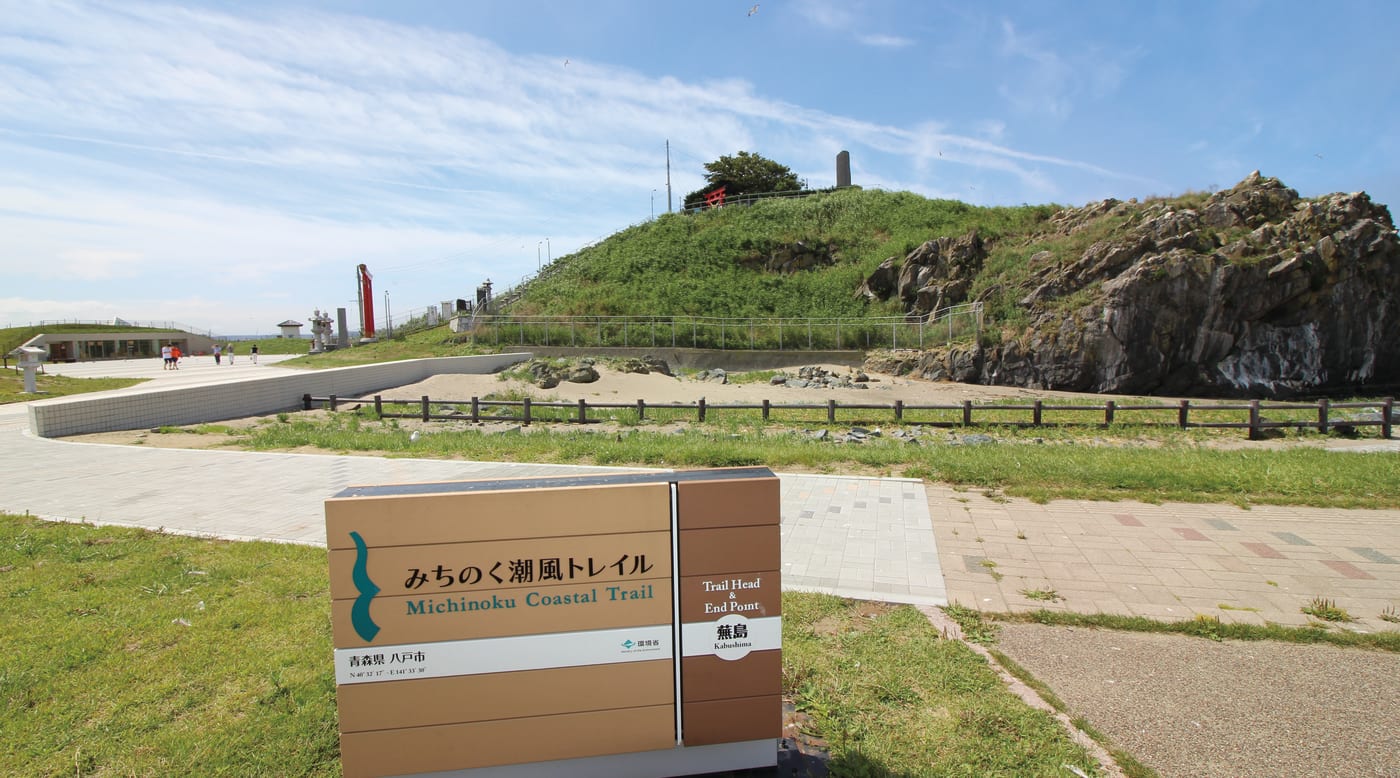
Part of Nakahara’s responsibilities also involve the Michinoku Coastal Trail. The park is part of this long-distance hiking course, which runs along the coast from Hachinohe in the north to Soma, in Fukushima Prefecture in the south. She has yet to hike the full trail, but estimates having done more than 100 kilometers of it, mostly in the area she oversees.
Nakahara says that the trail offers more than just gorgeous coastal views. It gives people the chance to engage with local culture, and see how the people have lived in harmony with the sea for centuries. “Fishing is an incredibly important part of life in the area, and many cultural events are deeply connected to it, such as festivals for maritime safety. Minami Sanriku is home to one of the world’s largest fisheries, so visitors should definitely try the seafood. The fishing communities here have a strong sense of pride—many people will say what beach, or part of the coast they’re from, rather than the nearest town.”
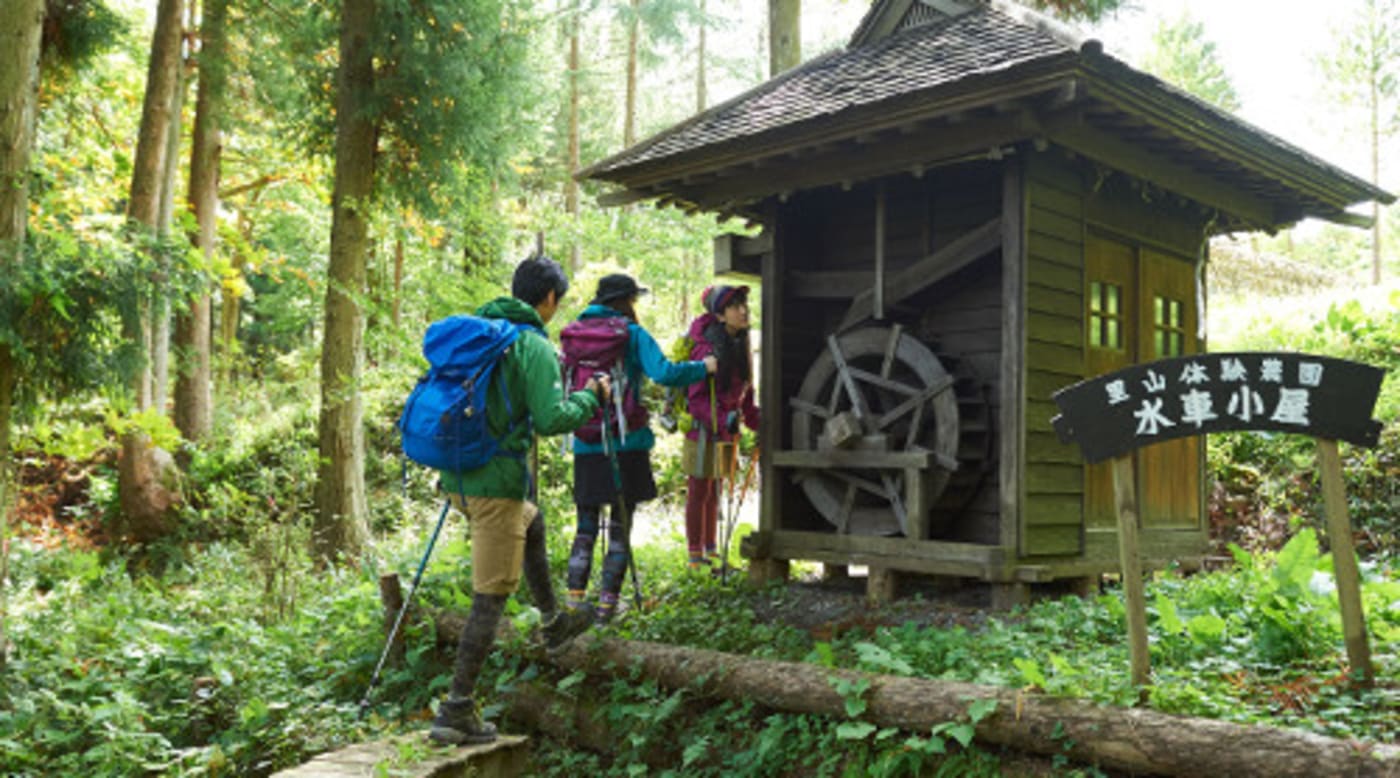
Beyond reconstruction
The “Fukko” in Sanriku Fukko (reconstruction) National Park means “reconstruction,” and efforts to rebuild continue to be an important part of the park’s identity. There are many facilities, such as Shinsai Memorial Park, where visitors can learn about the impact of the Great East Japan Earthquake. When asked about the progress more than 10 years on, Nakahara is both impressed and optimistic.
“A lot of the infrastructure projects are well underway or completed. The earthquake and tsunami changed life here, and I think that it’s more than just getting things ‘back to the way they were.’ Everyone is coming together and supporting each other, working to create a new way of living.”
Looking to the future, she is excited. “The park is more than just a place to enjoy nature. You can enjoy cuisine, culture, and community. But the park is still growing, and its identity is still changing. I look forward to seeing how it does.”

